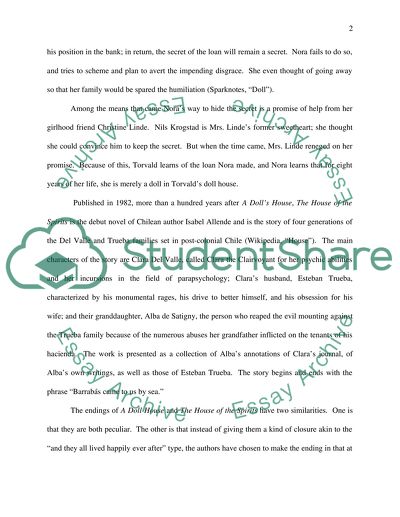Cite this document
(Ibsens A Doll House and Allendes The House of the Spirits Book Report/Review, n.d.)
Ibsens A Doll House and Allendes The House of the Spirits Book Report/Review. https://studentshare.org/literature/1517310-not-rounding-off-but-opening-out-on-the-house-of-the-spirits-and-a-doll-house
Ibsens A Doll House and Allendes The House of the Spirits Book Report/Review. https://studentshare.org/literature/1517310-not-rounding-off-but-opening-out-on-the-house-of-the-spirits-and-a-doll-house
(Ibsens A Doll House and Allendes The House of the Spirits Book Report/Review)
Ibsens A Doll House and Allendes The House of the Spirits Book Report/Review. https://studentshare.org/literature/1517310-not-rounding-off-but-opening-out-on-the-house-of-the-spirits-and-a-doll-house.
Ibsens A Doll House and Allendes The House of the Spirits Book Report/Review. https://studentshare.org/literature/1517310-not-rounding-off-but-opening-out-on-the-house-of-the-spirits-and-a-doll-house.
“Ibsens A Doll House and Allendes The House of the Spirits Book Report/Review”. https://studentshare.org/literature/1517310-not-rounding-off-but-opening-out-on-the-house-of-the-spirits-and-a-doll-house.


